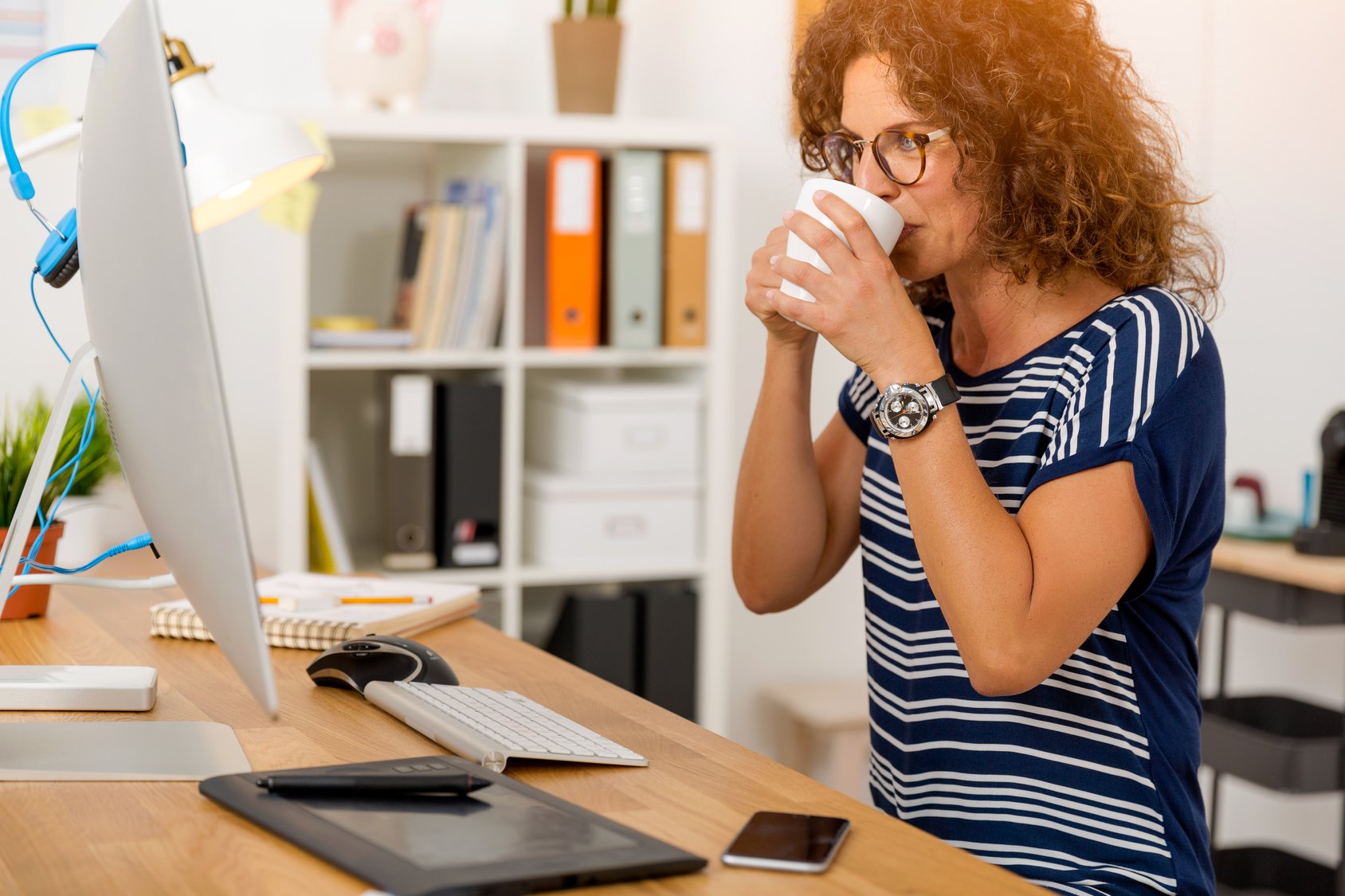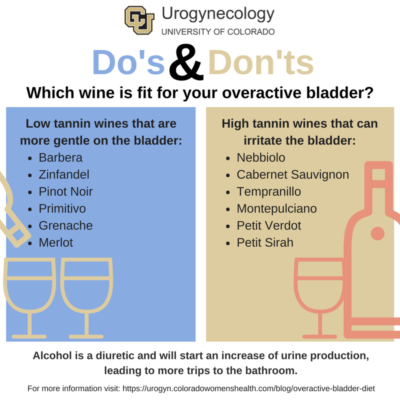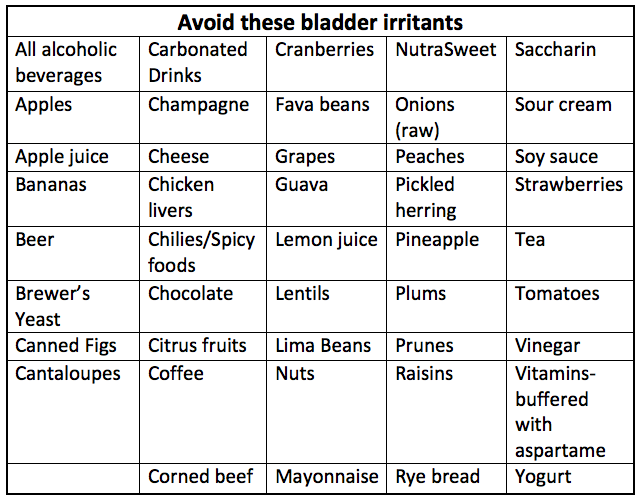Learn the food do’s and don’ts for dealing with OAB
 Coloradans know that our cuisine reaches far beyond Chipotle burritos, the fearsome “Rocky Mountain Oyster” and Coors Light. It’s a state rich in culturally diverse flavors and there’s never a shortage of wine and beer (ranked third in the U.S. for number of craft breweries and sixth per capita).
Coloradans know that our cuisine reaches far beyond Chipotle burritos, the fearsome “Rocky Mountain Oyster” and Coors Light. It’s a state rich in culturally diverse flavors and there’s never a shortage of wine and beer (ranked third in the U.S. for number of craft breweries and sixth per capita).
Colorado also loves to celebrate food and drink with festivals like Aspen’s Food & Wine Classic with palates prepared for decadence.
But for women suffering from an overactive bladder (OAB), consuming the wrong foods will provide little comfort. By focusing on a bladder-friendly diet that avoids known irritants and opts for smart alternatives, urgency, frequency and bladder discomfort may be greatly reduced.
Suffering from OAB? We can help.
Coffee or tea? Which makes you pee?
Starting the day with a cup of coffee may be routine, however studies have shown that greater than 250 mg of caffeine daily can irritate the bladder causing urinary urgency and frequency.
Of note, Starbucks has some of the highest caffeine amounts of any coffee chain. One eight-ounce cup of brewed coffee contains approximately 180 mg of caffeine while a large, 20-ounce cup contains 415 mg. Cappuccino, espresso and the iced coffees contain slightly less caffeine than the brewed coffees.
Interestingly, the darker the roast, the less caffeine is present in ground coffee by volume. This is due to a) the longer a bean is roasted, the more caffeine in it is vaporized out of it, and b) the darker the roast, the larger the roasted bean becomes because it expands, producing more ground coffee by volume than a more lightly roasted bean will yield.
As caffeine is a diuretic, women may be causing their kidneys to produce more urine. This can overwhelm the bladder and cause frequent trips to the restroom or urinary leakage. Accordingly, it is good practice to drink at least eight ounces of water for each cup (or shot) of coffee that you consume – especially 30 minutes prior to engaging in an exercise routine – to avoid dehydration.
And the neighboring bowels? Because beverages with caffeine in them often have the effect of stimulating your intestines’ muscular activity and production of intestinal mucous, people with irritable bowels should take this into consideration when deciding whether or not, when and how often to drink such beverages.
Tip: consider decaf
Because the decaffeination process tends to result in a decrease in the “intensity” of its brewed flavor, such people will probably find that their use of darkly roasted decaffeinated beans will prove to be more satisfying. If you need your Venti Starbucks coffee, keep in mind that caffeine takes about 20-45 minutes to enter the bloodstream so you may need to find the ladies room at that time.
Tea has about half the caffeine of brewed coffee, so if you need a jolt test tea to see if it is right for you. Unfortunately, the dark color of tea or decaffeinated coffee contains tannins that can also irritate the bladder.
Wine: good or bad for OAB?

Wine can trigger a leaky bladder for two reasons.
- Alcohol is a diuretic that will start an increase of urine production leading to more trips to the bathroom.
- Red wine has more tannins in it giving it a darker color. Tannins are found in fruit skins that add both bitterness and astringency. Unfortunately, these tasty chemical compounds are bladder irritants and cause OAB patients to have discomfort.
Tip: Consider drinking white rather than red wine
Foods that may irritate the bladder
 Michael Chiarello made a burrata caprese salad at a previous Aspen Food and Wine Festival that looked delicious, however it contained several ingredients that are a minefield for anyone with bladder pain. He built a beautiful dish with chili-infused vinegar, large slices of heirloom tomatoes, and large pieces of cheese.
Michael Chiarello made a burrata caprese salad at a previous Aspen Food and Wine Festival that looked delicious, however it contained several ingredients that are a minefield for anyone with bladder pain. He built a beautiful dish with chili-infused vinegar, large slices of heirloom tomatoes, and large pieces of cheese.
Tip: All things in moderation
Eliminate all the foods on this list. As improvement is noticed after a few weeks, begin to reintroduce desired foods one at a time to determine which cause a problem.